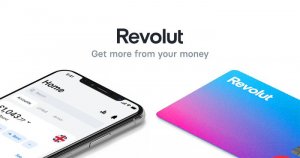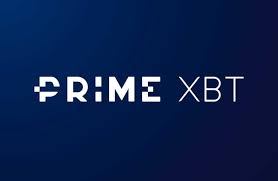How to profit like Soros
Leverate’s Adinah Brown examines Soros’ trading methodologies over a long period of time, including his famous positions against the Baht in 1997, highlighting this type of position and showing how he can influence the market with currency pegging

What can we say about George Soros, the investor?
His money management career has been the stuff of legends. In fact, $1,000 invested with him in 1969 would reportedly be worth in excess of $4 million.
But he is actually best known as the person behind the greatest trade of all time. In 1992, he pulled off the most epic of trades, staring down and eventually breaking the Bank of England, to the tune of 1 billion dollars.
1 billion dollars. Profit. In ONE day. So, in case anyone asks you if you want to profit like Soros, the answer is “YES!”, and then by the day’s end, you might be able to buy an island.
But how does he do it?
His methodology is through a particular type of short term speculation. He analyses the market using macroeconomic analysis and then places enormous positions betting on the direction of the market. These enormous positions are also heavily leveraged so as to increase the amount of profit.
He calls his trading philosophy “reflexivity”. At its core is a belief that market participants impact the market fundamentals, sometimes unknowingly.
He looks at these participants in painting a macroeconomic picture and then looks for the bubbles or potential booms for which to make his profit. Though his best known positions have come from crashes, he is also skilled at picking bulls as well.
His trading philosophy is best explained by using the following real estate analogy.
Let’s say we have a situation where interest rates are low and lending criteria are relaxed. Because of this, more people will be able to borrow to purchase a house. This lending opportunity will spark a demand in real estate, causing upward pressure.
This upward pressure in turn requires that larger amounts of money be borrowed to keep up with the new prices. With continued demand and continued access to funds, prices spiral higher and higher.
Eventually, it can get to the point where the price bypasses economic fundamentals. In this way the people in the transactions, the buyers and lenders, are themselves inflating the price of housing, unknowingly influencing market fundamentals simply by borrowing and paying current market value.
However, with all exuberant investing there comes a point where there is no longer any more money, or demand drops. And then the market crashes.
By looking at the macro-economic picture and understanding that the demand is based on low borrowing rates and relaxed lending criteria, Soros understands that there will come a point where the prices will outstrip the market’s capacity to borrow.
In this case, because the demand was driven by access to borrowed money rather than a shortage of housing, prices will not be maintained. Depending on the degree of exuberance, the fundamentals and the borrowing levels, so will be the degree of the fall.
Typically, Soros would take a position against the real estate market, expecting to make a profit when the bubble bursts.
Soros’s famous positions against the Baht in 1997, highlights this type of position, but also shows how he can influence the market. In this case, the artificial construct of currency pegging, enabled Soros to influence the market.
Because the Asian currencies were pegged to other currencies, they need to constantly maintain a ratio of the other currencies’ values to maintain their pegged position. Soros knew that taking large positions would drive the market and force the currency issuers to buy the currencies to maintain the pegging ratio.
Eventually these governments ran out of money to maintain the pegging. As soon as this was abandoned, currency values plummeted, netting a massive profit for Soros.
The challenge to trading like Soros is that it is practically impossible to have the same level of access to large amounts of capital and leverage. But, we can take a lot away from his method of analysis, his risk profile and his ability to identify the direction of the market.
A closer analysis of his positions during the tech bubble in 1999 (in which he lost $700 million) as well as the pound trade show how good his analytical method is.
So, even though we may never be George Soros, we should learn from his strengths and try to emulate them for our own gain.









